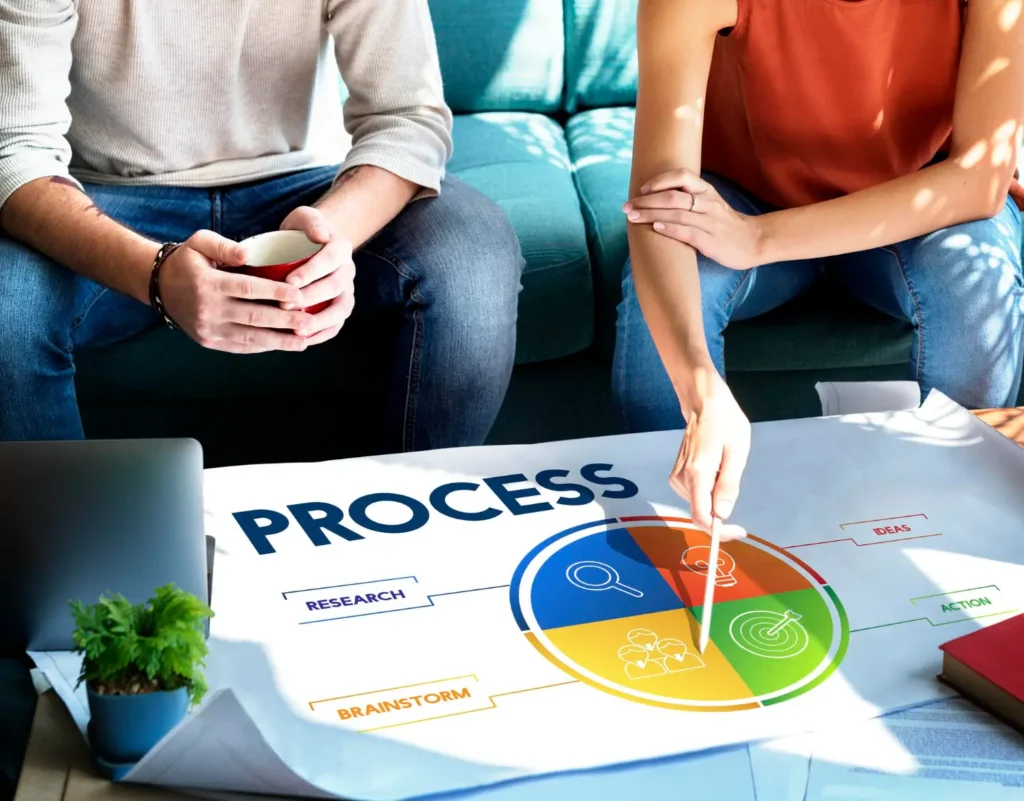How to Iteratively Build and Refine Your Startup Product

For startups aiming to build and scale breakthrough companies, the journey from an initial idea to a successful product is rarely a straight line. Instead, it’s a dynamic, iterative process of continuous learning, adaptation, and refinement. This is where iterative product development becomes a powerful strategy, enabling you to build and refine your startup product based on real-world insights and customer feedback.
Understanding Iterative Product Development
At its core, iterative product development is a cyclical approach where you build, test, and refine your product in smaller increments. Instead of striving for a perfect product from day one, you focus on developing a Minimum Viable Product (MVP) – a functional version with core features – and then continuously improve it based on user feedback and data. This approach helps minimize risks, validate ideas quickly, and optimize resources.
Why Iterative Development is Crucial for Startups
Startups operate in a constantly evolving landscape with limited resources. Iterative product development offers several key advantages in this context:
- Faster Time to Market: By focusing on building and releasing an MVP quickly, startups can validate their product idea with real users and begin generating revenue sooner.
- Reduced Risk: Iteration allows you to test hypotheses and gather feedback early in the development process, reducing the risk of investing heavily in features that users might not value.
- Customer-Centric Development: A core principle of iterative development is to prioritize customer outcomes and tailor your product to meet their evolving needs and preferences.
- Flexibility and Adaptability: Iteration enables you to adapt to changing market conditions and customer feedback quickly, ensuring your product stays relevant and competitive.
The Iterative Product Development Process
- Plan: Define your product vision, goals, and initial scope. This involves conducting market research and understanding your target audience’s needs.
- Design: Conceptualize the functionality and aesthetics of your product. Create wireframes, mockups, and prototypes to visualize the user experience.
- Implement: Build the functional components of your product based on the design. This is where your idea takes tangible form.
- Test: Rigorously test your product to identify and fix any bugs or issues. This includes unit testing, integration testing, and system testing.
- Review/Learn: Collect feedback from users and stakeholders, analyze the data, and use these insights to improve and refine your product in the next iteration.
Establishing Effective Feedback Loops
- Engage Early Adopters: Actively involve your initial users through surveys, interviews, and community platforms to gather qualitative feedback.
- Leverage Analytics Tools: Use tools like Google Analytics or Mixpanel to track user behavior, feature engagement, and drop-off points.
- Monitor Customer Support Interactions: Analyze support queries and feedback to identify common issues and areas for improvement.
- Create Regular Check-Ins: Establish recurring touchpoints with users to gather ongoing insights and maintain a continuous dialogue.
Analyzing Feedback and Prioritizing Changes
A crucial element of successful iterative development is fostering a culture of experimentation within your team. This includes empowering teams to experiment, testing hypotheses quickly using agile methodologies and tools like A/B testing, and viewing failures as learning opportunities.
To measure the impact of your iterative efforts, track key metrics like Product Engagement Score, active users, feature adoption rate, and customer retention rate.
Iterative product development is vital for startups seeking to build and refine their products effectively. By adopting an iterative approach, establishing strong feedback loops, encouraging experimentation, and measuring impact, you can continuously enhance your product, achieve product-market fit, and set your startup up for long-term success. Iteration is more than just a process; it’s a mindset that ensures your product evolves in step with customer needs and expectations.


